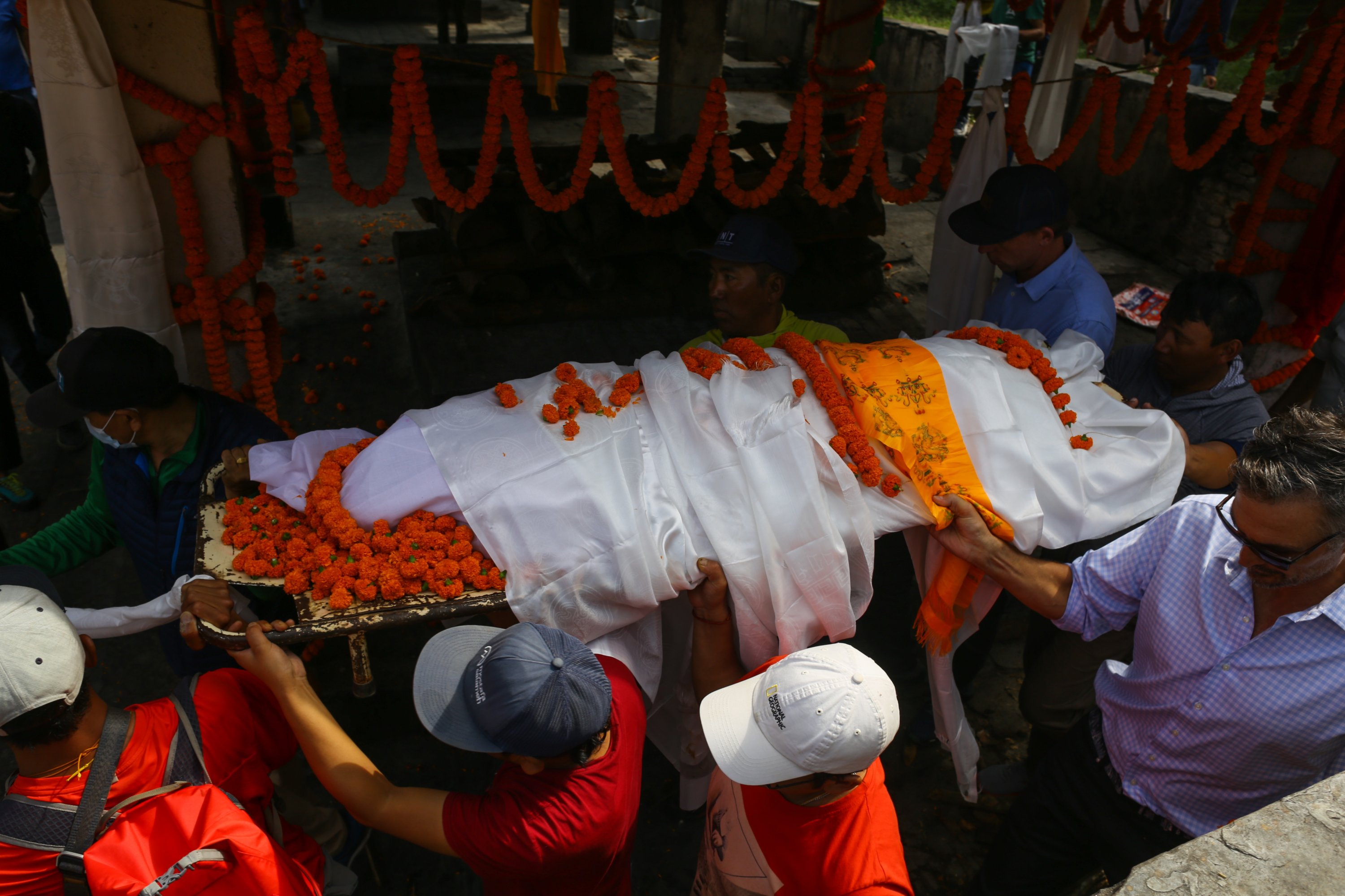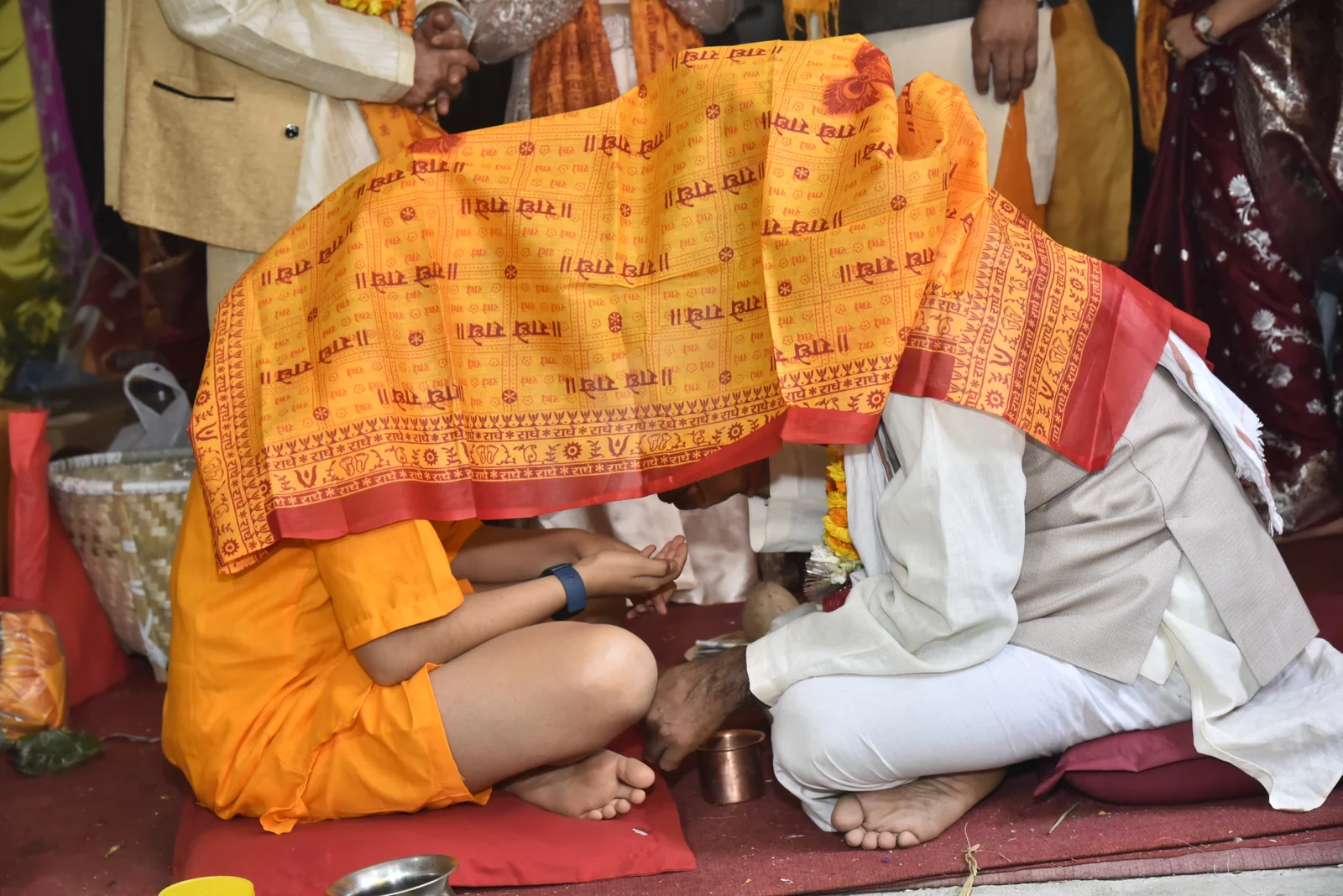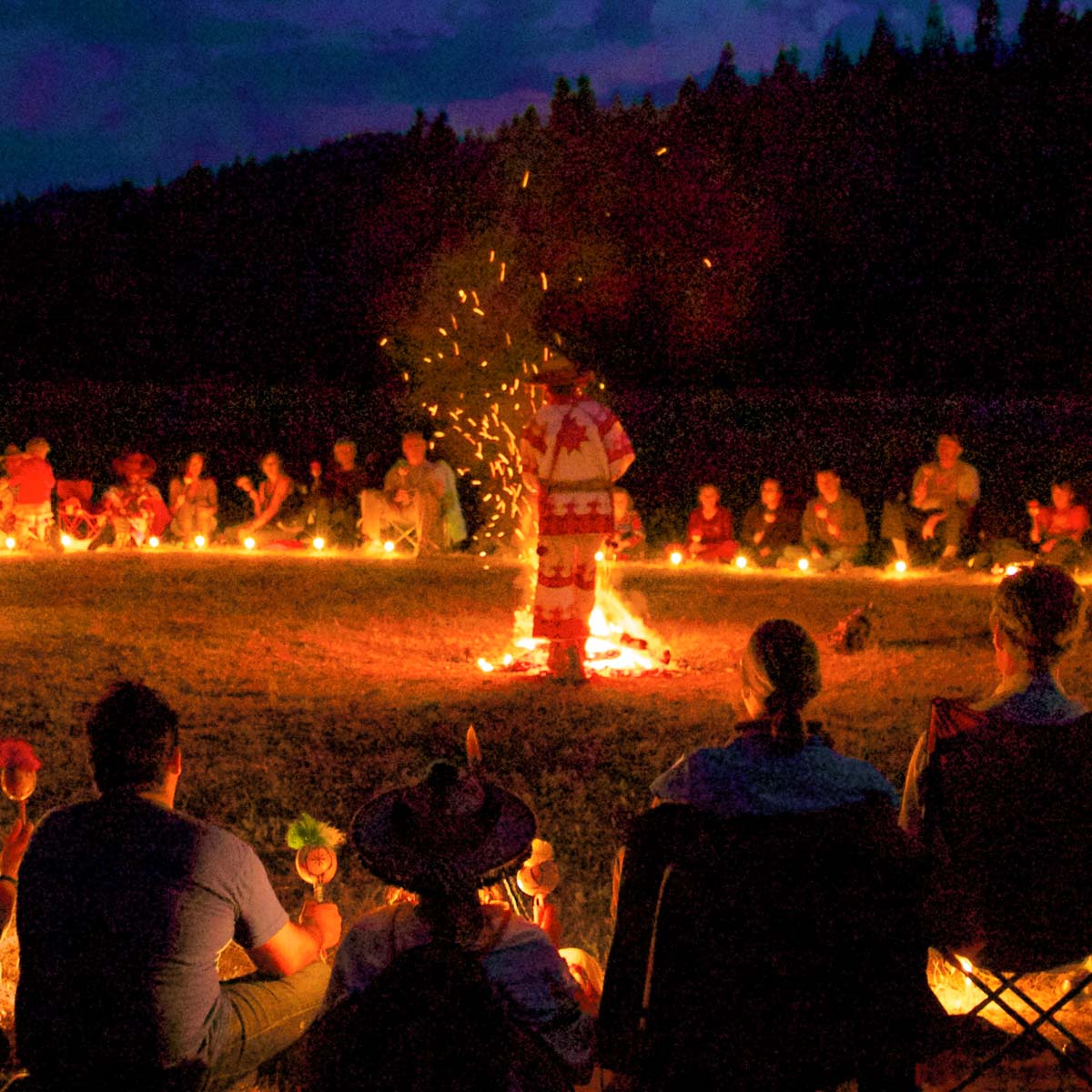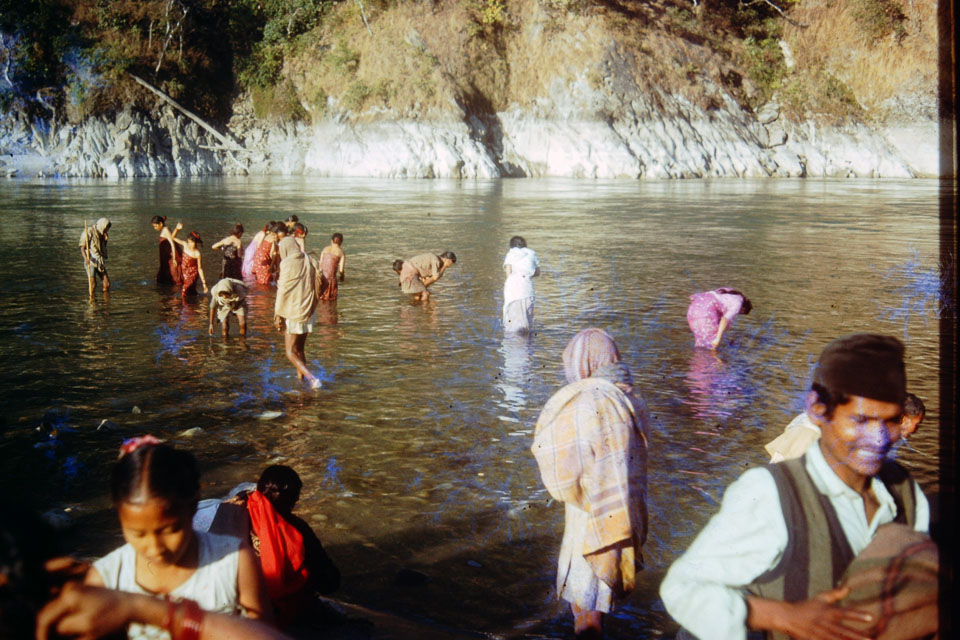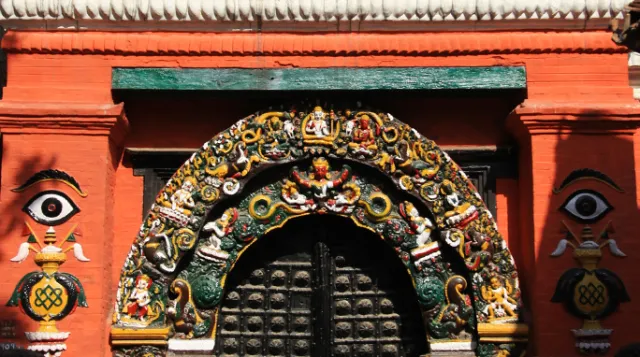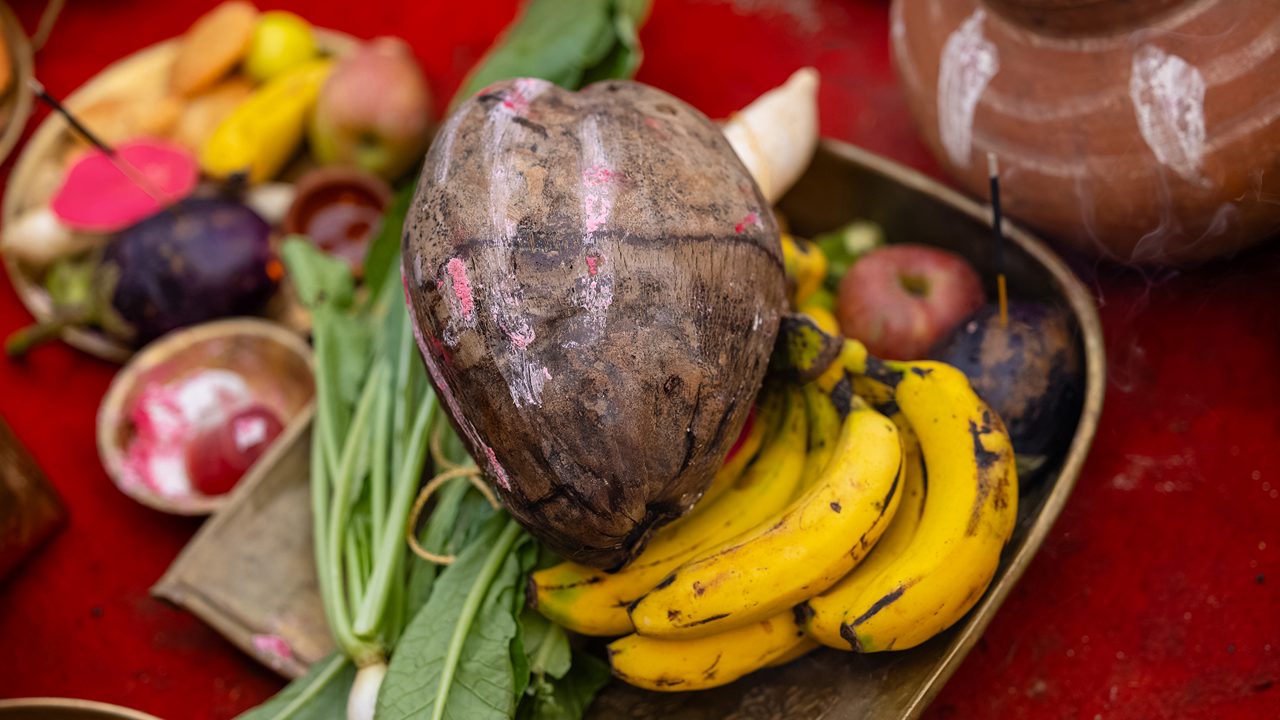Share this Article
High in the rugged hills of western Nepal, in the remote valleys of Rukum and Rolpa, lives a community whose spiritual heritage is as powerful as the mountains that surround them. The Kham Magars, an indigenous ethnic group, maintain shamanistic traditions that are deeply rooted in animism, ancestral worship, and the mystical interplay of fire and smoke. Their shamanic ceremonies, particularly those centered on fire, are not simply rituals; they are portals — bridges between the physical world and the realm of spirits, ancestors, and nature itself.
To understand the fire ceremonies of the Kham Magar, one must first appreciate who they are, what they believe, and why their spirituality remains so sacred and yet so fragile in the modern era.
Who Are the Kham Magars and Why Is Their Spirituality Unique
The Kham Magars inhabit remote villages in western Nepal. Their language, culture, and traditions are distinct, and their geographical isolation has preserved many of their unique spiritual practices. They view the land, forests, rivers, and hills as living entities, imbued with spirits that influence daily life. In this worldview, shamans act as spiritual intermediaries, guiding the community in healing, rituals, and maintaining harmony with the spiritual world.
Shamans among the Kham Magar perform different roles. Some are healers who diagnose spiritual or physical illness and restore balance. Others are spiritual warriors who protect the community from harmful forces. Some maintain ancestral records and perform clan rituals, preserving connections to past generations. This diversity in shamanic roles reflects the complexity and richness of Kham Magar spiritual life.
The Central Role of Fire and Smoke
In Kham Magar shamanism, fire is more than a practical necessity; it is sacred. Ritual fires, often lit in open clearings or sacred spaces, use specific types of wood believed to carry spiritual energy. Into these flames, shamans offer grains, rice, ghee, meat, and sacred herbs, believing that the smoke carries messages to ancestors and spirits.
The rising smoke is central to the ritual, transforming the fire into a living medium. Shamans may inhale the smoke during trance, becoming conduits for ancestral voices or spiritual entities. The act of tracing circles around the fire, sometimes anti-clockwise, symbolizes a return to origins and the eternal cycle of life and death. Fire, smoke, and ritual actions together create a sacred space where the living and spirit worlds intersect.
Shamanic Roles: Healers, Warriors, and Ancestral Priests
The Kham Magar shamans are categorized by their spiritual responsibilities. Healers diagnose illnesses caused by spiritual disturbance and perform rituals to restore balance. Spiritual warriors enter trances to combat negative forces, using instruments, chants, and symbolic attire to channel protective energy. Ancestral priests maintain genealogical memory, conduct clan rituals, and ensure that the lineage of spirits and humans remains connected.
Shamanic attire is rich with symbolism. Feathered headgear, drumsticks, sacred drums, wooden ornaments, and sometimes animal parts form a ceremonial ensemble that enhances spiritual power. Every item carries meaning, whether as a protective tool, a channel for energy, or a sign of spiritual authority.
Annual Gatherings and Festivals
Shamans from different villages gather for ceremonial festivals that showcase their spiritual expertise and cultural continuity. During these gatherings, they perform rituals, drum, chant, and dance collectively, creating a powerful atmosphere of shared spirituality. Young apprentices learn from elder shamans, ensuring the transmission of knowledge to the next generation.
One of the most significant rituals is the Bhume Festival, which honors the Earth as a divine entity. Participants gather around fire, performing dances, making offerings, and invoking ancestral blessings. Shamans lead these ceremonies, creating a spiritual bridge between the community and the unseen forces of nature.
Healing, Spirit Communication, and Trance
Healing rituals are central to Kham Magar shamanism. When a person is unwell or misfortune strikes, shamans identify spiritual causes and perform ceremonies to restore harmony. Trance states are a key aspect of this process. During trance, shamans communicate with spirits, negotiate solutions, and perform protective rites to ensure the well-being of the individual and the community. Fire and smoke facilitate this spiritual connection, transforming ordinary spaces into sacred realms.
Sacred Spaces and the Natural World
The Kham Magars perform rituals in sacred natural spaces such as forest clearings, hilltop shrines, old trees, and springs. These locations are considered alive with spiritual energy, and shamans use them to conduct healing, initiation, and ancestral ceremonies. Nature is an integral partner in their rituals, and the careful preservation of these spaces is essential for the continuity of their traditions.
Modern Challenges and the Threat to Tradition
Modernization, migration, and changing belief systems pose challenges to the Kham Magar’s shamanic traditions. Many young people move to cities or abroad, leaving the transmission of ritual knowledge vulnerable. Conversion to other religions has also impacted traditional practices, reducing participation in ancestral and fire rituals.
Despite these challenges, the shamanic fire ceremonies continue to thrive in certain villages, serving as a living testament to the resilience and spiritual depth of the Kham Magar community.
Cultural Importance and the Case for Preservation
The shamanic fire ceremonies are more than cultural relics; they are an expression of identity, history, and harmony with the natural world. Fire, smoke, and ritual act as symbols of continuity, connecting the present with the past. Preserving these ceremonies is vital not only for the Kham Magars but for the broader understanding of Nepal’s cultural heritage. Encouraging cultural education, supporting shamans, and documenting practices respectfully are crucial steps toward safeguarding this unique tradition.
Conclusion: The Sacred Flame of the Kham Magar
The Kham Magar shamanistic fire ceremonies illuminate a spiritual world where ancestors, nature, and humans coexist in intricate harmony. Through fire, smoke, chants, and trance, shamans maintain the balance of life, guide their communities, and connect with unseen realms.
These rituals are not relics of the past; they are living practices that continue to shape the identity and spirituality of the Kham Magars. In the hills of western Nepal, where fires burn beneath star-filled skies, the sacred flame persists — a symbol of resilience, culture, and the enduring connection between humans and the spirit world.
Categories:
Culture & Traditions
Tags:
KhamMagar
,
RuralNepalCulture
,
AncestorsWorship


